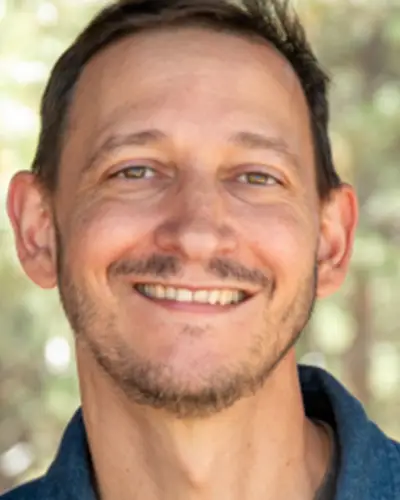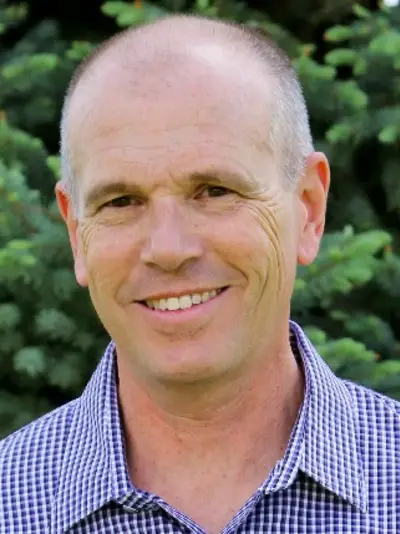Simplifying water resources analysis through a single, powerful framework

Water resources is a field that inherently has multiple objectives and disciplines, often requiring a number of different tools to accomplish tasks. Attempts to copy data or pass information between applications can be tedious and result in errors. Water resources managers can find themselves opening many different interfaces, switching back and forth between those interfaces, repeating tasks or even realizing they have completely forgotten how to use an application. This nonproductive effort takes time away from evaluating results to make sustainable water resources decisions.
We believe it can be simpler. That’s why we created RTI Amanzi™.
Amanzi, which means “water” in several different African languages, is one word that serves as a common thread across African cultures. RTI Amanzi can now also be a common thread across all your water resources–related tasks and tools.
RTI Amanzi simplifies work by providing a single, flexible framework for water resources tasks. It can execute or link external tools, automate repeated tasks and perform any level of custom analysis—all from a common “home base.” Think of it like a smartphone that has merged the functionality of a standalone camera, GPS, calculator and alarm clock into one platform. Merging those tools into one device made life more streamlined and simpler.
RTI Amanzi can make your work more streamlined and a lot simpler. It is the engine behind the simplification that gives water resources professionals the freedom to focus on evaluating results and making informed decisions. Whether you run the framework on the web or on your laptop, it powers the processes you need to be successful.
Begin streamlining work with RTI Amanzi by:
- Harvesting data from your own network or public sources;
- Converting and processing data into actionable information for decisions;
- Analyzing and extracting relevant information from large datasets;
- Visualizing and disseminating information for peers, stakeholders or members of the public;
- Integrating models so linkages happen seamlessly and effortlessly;
- And generating scenarios and large ensembles to evaluate uncertainty in a comprehensive manner.



